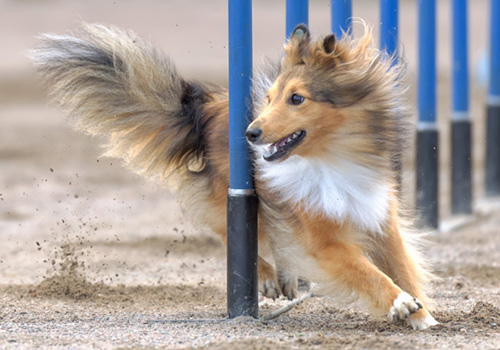Circuses

Circuses have been in existence in their present form since the end of the 18th century, and normally consist of a group of travelling performers and animals that perform to the public in a large tent.
We oppose these traditional circuses on the basis of four main concerns for animal welfare:
Travelling Conditions
Circus animals travel all the time and are subject to human handling, noise, confinement and cage motion during the process. Studies have shown that on average circuses move once per week, frequently without rest days between trips. There is little documented evidence on the effect of transport-related stress on circus animals but evidence from studies on tigers transported from zoos shows elevated cortisone levels lasting three to six days after transport suggesting that travel is a stressful experience.
Accommodation
Accommodation for circus animals is generally more confined and less enriched than those found at zoos. The reduction in available facilities is compounded by the inappropriate use of travel cages as long-term or permanent enclosures. Confined spaces, social isolation, barren enclosures and reduced foraging time are all stressors for non-domesticated animals, causing both short and long-term behavioural and physiological effects
Training
Reward-based training may enhance captive animal health but training with the use of punishment (negative reinforcement) has been shown to cause welfare problems and a bad relationship between animal and trainer. The Circus Working Group Report (1998) reported that the use of negative reinforcement techniques was much more widespread than admitted by circus management.
The Performance
The performance is an area that is often ignored by those assessing the welfare of circus animals. However, a report conducted by a range of experts in the UK (Circus working Group Report) noted that the performance itself was potentially the most stressful situation experienced by a circus animal. In their review of four circuses they reported behaviours that showed fear and stress in elephants, lions and horses during parts of their acts.











